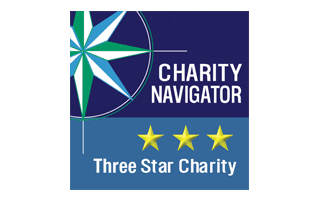Published November 21, 2019, by Michele Brown
United Way of Anchorage invites you to join us over the next few weeks as we track Home for Good, an initiative to end homelessness for some of our neighbors among the hardest to house. This carefully planned collaboration, using proven methods, promises new light in the lives of people too often written off, better use of limited resources and a cleaner, safer city for all of us.
Home for Good – Part 3: What Anchorage Stands to Gain
Sometimes the swiftest way to lasting change is slowly, especially in complex work like homelessness. That’s why Home for Good will happen carefully and gradually, with one person at a time.
Home for Good will not happen fast, because the emphasis in this program is on the “for Good,” as in for keeps — or as long as the person needs to stabilize.
Home for Good will not happen fast because it is an ultra-marathon, not a sudden miracle.
Gradually however, one tenant at a time, Home for Good can contribute to a cityscape changing for the better — and not just in optics. One at a time, Home for Good’s pilot project has served 21 people (15 with lease agreements) as of Nov. 15.
To qualify for the program, a person must have experienced persistent homelessness, at least two arrests and frequent use of emergency services. That’s a costly trifecta both for the community and for the toll taken on individual lives. Agnew::Beck, the consulting firm that did the 2018 feasibility study for what became Home for Good, estimated the average annual public costs associated with each person who met the criteria at more than $47,000. The estimate for the annual per person costs of supportive housing was slightly lower, roughly a wash. But the outcomes are far better for everyone in the community.
For the community, these benefits include:
• Fewer emergency services, police and fire calls. This frees both Anchorage first responders and available funds to meet other pressing needs.
• Cleaner city parks and trails. To the extent that Home for Good breaks the cycle of street life, we’ll see fewer tents, less trash and a healthier community.
• Taxpayers off the hook if Home for Good doesn’t work. The Pay-for-Success model provides private investment and risk on programs proven elsewhere but not here, with public money tapped only when programs deliver.
For program participants, it could mean:
• For those who have experienced the trauma and chaos of the street, housing can lead to safety, stability and a life of progress and purpose beyond just survival.
• Supportive housing can lower rates of recidivism, incarceration and use of costly emergency services.
• Once housed and stable, tenants can connect to life-enhancing services to deal with mental, physical and emotional needs. They’re free of street life, and the fear that comes with sporadic violence and the stress of basic survival. They often reconnect with family and other support networks, secure employment and become active members of the community.
• Doing right by some of the most vulnerable people in our community, too often written off in contempt, or pitied and passed by. Home for Good promises help, and to offer that hand reflects the best of Anchorage.
Due to data-sharing agreements among government, health providers and nonprofits, we now know there are about 375 people generating large public costs whose lives would be improved through better use of those resources with strategies like Home for Good.
A similar pay-for-success supportive housing effort in Massachusetts housed 903 people in five years. Eighty-seven percent of them are either still in housing or have had what the project labels a qualified positive exit. Only 5 percent have returned to homelessness.
Most striking are the reductions in the use of public services by the people housed in the Massachusetts example, including their hospital stays, emergency room visits, ambulance rides and incarcerations. Days spent in the hospital or in a detox center decreased well over 50 percent after six months of stable housing. Use of ambulance rides and emergency room visits had similar reductions.
With these strong numbers, this Pay-for-Success project has already repaid some of the original investors with money set aside when the program began because expected results have been achieved, and in some instances surpassed.
Juneau’s Forget-Me-Not Manor supportive housing program has seen similar outcomes (as reported by the Juneau Empire, Sept 18, 2019, from research by Heidi Brocious and Morgan Erisman of the University of Alaska Anchorage) — including dramatic reductions in emergency room visits, sleep-off center visits, police contacts and fire/rescue trips.
Here in Anchorage, there have been several Housing First projects that have maintained national standards for retention of tenants and success stories. RurAL CAP, the city’s largest supportive housing provider, has about 120 units. With Home for Good we’ll significantly expand Anchorage’s capacity for units and supportive services.
The encouraging outcomes in Massachusetts and Juneau and the solid foundation here in Anchorage suggest more good news and results to come.
Sustained housing promises real hope for the community as individual lives change, one at a time.





